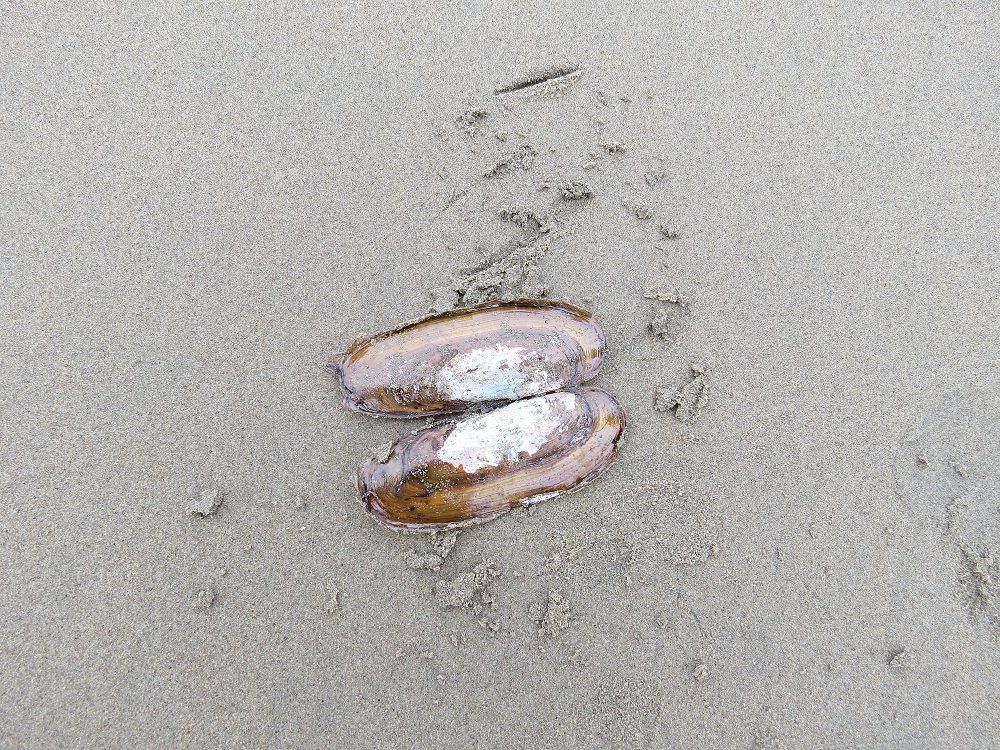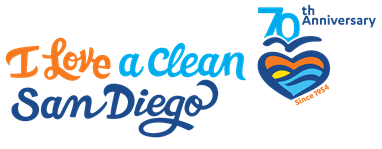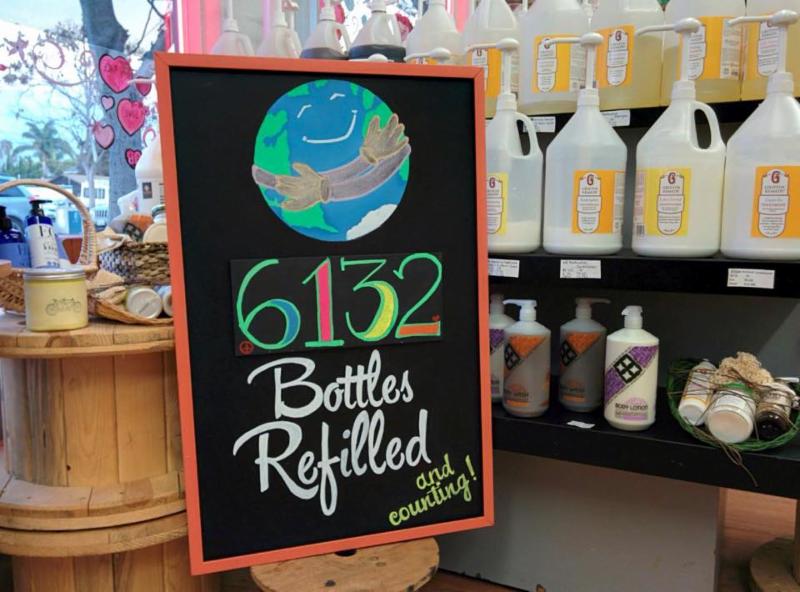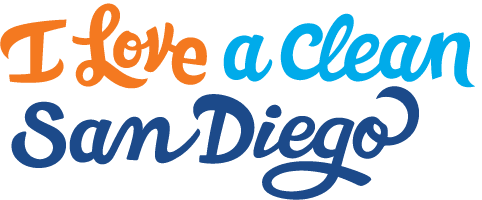We’re excited to welcome Grace as our newest educator! Get to know Grace and what fuels her passion for the environment by reading our brief Q&A.
What brought you to ILACSD?

I was very excited to begin working at ILACSD as an Environmental Educator because it allows me to combine my interests in Marine Biology and the ocean with my passion for teaching and conservation. From a young age, I was always inspired by the ocean and could spend hours looking at sea stars in the tide pools. However, it wasn’t until my college internships with Heal the Bay that I realized it was something I wanted to help protect.
During my very first Coastal Cleanup Day I was given the unique opportunity to do an underwater SCUBA diving cleanup under the Santa Monica Pier. We pulled out cell phones, cameras, bike tires, fishing line, and beach toys, just to name a few. Not only did we find trash, but we also found animals, including crabs and sea hares, living among the trash. Seeing how these animals’ lives had become so impacted with this trash was the moment that I knew I wanted to help make a difference. And by working for ILACSD, I get to make that difference by inspiring environmental stewardship in students throughout the county.

What environmental topics are you most passionate about?
If it wasn’t already obvious, I’m extremely passionate about anything that has to do with the ocean. As an avid scuba diver, and someone who loves experiencing nature. One topic that is close to my heart is ocean acidification. Ocean acidification makes it exceptionally difficult for calcifying organisms (corals, krill, oysters, etc.) to make their shells. It is caused from excess CO2 in the atmosphere being absorbed into the ocean. By teaching students about how we contribute to environmental issues, it gives them the power to make positive changes that lessen their impact on our ecosystems.
What is your most recent environmental goal?
Even during my short time working at ILACSD, I have learned so much about trash. I recently learned $1 of every $10 spent goes towards packaging that is thrown away. My most recent goal has been to buy food with less packaging. This means buying different food items, going to different stores, and making sure fruits and veggies are a big part of my everyday diet.
What do you enjoy most about being an environmental educator?

I thoroughly enjoy interacting with the students that I am teaching! It is fun to experience their personalities as I present and discuss important issues with them. By helping them to see another perspective on the world, they can have a better appreciation for nature, which inspires them to protect it.
Do you have a favorite presentation?
One of my favorite presentations is our Enviroscape presentation, which uses a model of city along with sprinkles to represent different types of pollution. It really allows the students to visualize how pollution can make its way to the ocean and impact the animals that live there. Typically we do this presentation with 3rd graders, which is a really fun age because they are all extremely excited to share their ideas and own experiences.
I also really enjoy presenting our watershed program to AP Environmental Science classes because it allows me to use my background in science to incorporate higher level topics such as ocean acidification and eutrophication.
For more information about our presentations, email our Educator Manager at education@cleansd.org!
Join Grace & the rest of ILACSD team in our efforts to keep San Diego, and the Pacific Ocean, clean and beautiful. Our next cleanup is on December 5th at Black Mountain Ranch – click here to learn more!
Also, if you’re interested in joining the ILACSD team, check out our open positions and internship opportunities!


 Let me start by asking, do you recycle your empty shampoo bottles? What about the toilet paper roll? Surprisingly enough, not many people do. A survey conducted by the Ad Council, a non-profit organization, revealed that only 34% of Americans recycle bathroom items. More surprising, 22% of Americans would not toss bathroom items in the recycling bins if the bin is located outside the bathroom.
Let me start by asking, do you recycle your empty shampoo bottles? What about the toilet paper roll? Surprisingly enough, not many people do. A survey conducted by the Ad Council, a non-profit organization, revealed that only 34% of Americans recycle bathroom items. More surprising, 22% of Americans would not toss bathroom items in the recycling bins if the bin is located outside the bathroom.
 ccumulation of bathroom recyclables is shop for items with minimal packaging or shop in bulk. Products like
ccumulation of bathroom recyclables is shop for items with minimal packaging or shop in bulk. Products like  hey offer customers the opportunity to bring their own empty bottles and jars to fill up on shampoos, body care products, and cleaning agents. They also accept empty bottles in-store for other customers to fill up and use, so start saving those bottles so you can use them again!
hey offer customers the opportunity to bring their own empty bottles and jars to fill up on shampoos, body care products, and cleaning agents. They also accept empty bottles in-store for other customers to fill up and use, so start saving those bottles so you can use them again!